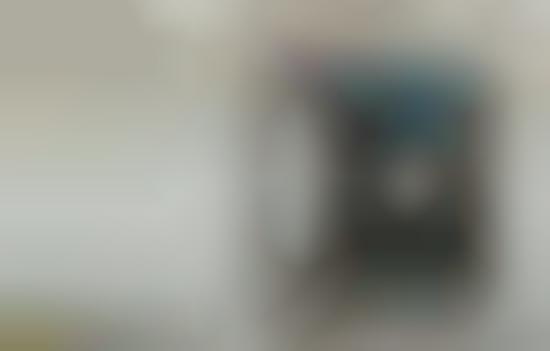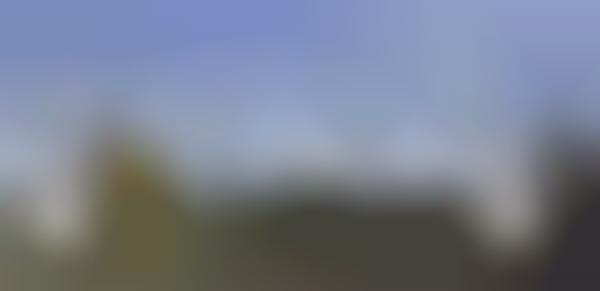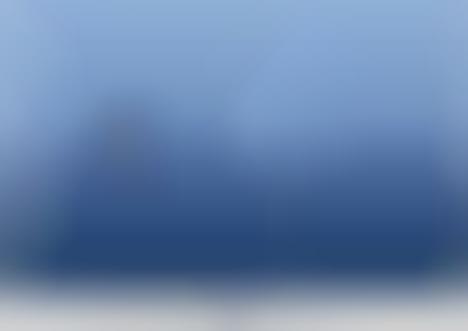"Stop Climate Change Before it Changes You" Campaign. This creative WWF print ad follows a previously featured global warming awareness campaign that used mutated humans as a warning of the dangers of global warming. The ad, which was created by Germaine ad agency, similarly shows that we need to stop climate change before it changes us. A man is shown with a fish head as a sign of reverse evolution that might occur if the climate change and ice melting continue at the current alarming rate.
It's not everyday that a person will come across a penguin or parrot with the form of a panda printed on his or her belly, but that is just what people will witness when they lay their eyes on the WWF 2012 campaign. Of course, this is a clever play on graphic tees. It depicts these animals as supporting what the World Wildlife Fund is trying to accomplish. By encouraging people to "put on your shirt and join to our team," the WWF 2012 campaign is clearly recruiting animals of all kinds to support their important cause. The WWF 2012 campaign was created by Rio de Janeiro-based ad agency Creative Child Studios. It was photographed by Dreamstime with art direction by Eliayse Villote and creative direction by Fabio Bispo.
This exceptional WWF promotional video is truly an inspiration. WWF has recently released this featured video entitled 'The World is Where We Live.' The stunning short explores and contrasts urban environments with rural and uninhabited ones. Similar scenes are placed next to one another to juxtapose the environments, and also to emphasize the similarity between human and animals. Viewers can see a mother cradling her child on one half of the screen, and an Orangutang mother doing the same on the right. This WWF promotional video definitely proves how close humans are to their animal companions. Implications - Society has become so saturated with commercial advertisements that consumers have become desensitized to their messages. They now pay attention to commercials that contain content that is unique for its atypical compositions and insightful messages.
The Philippines--based advertising company BBDO Guerrero recently unveiled its campaign for WWF. The eco-conscious organization enlisted the help of BBDO to raise awareness for the long-suffering marine life in the Philippine Sea. The WWF estimates that 70% of plastics in the Philippines wind up in this body of water, and to illustrate this statistic, BBDO visuals replaced the usual coral wildlife with plastic bottles and forks to drive the point home. Many may doubt the effectiveness of this add. There is very little text save the WWF logo, appearing in the top corner. While the imagery is a little serene for shockvertising, these images will certainly make you do a double take. The BBDO Guerrero may be a touch too quiet for its cause, but the visuals it produced are intriguing and eerily gorgeous.
These WWF Grey ads will speak to animal lovers who attest to the fact that lions, chimps and polar bears all have the ability to feel just the same as human beings. Created by UncleGrey in Copenhagen, Denmark, the campaign will tug at your heart strings with its adorable yet heartbreaking visuals. The ads feature different animals covering their faces in shame as the copy reads "What on earth are we doing to our planet?" By focusing on a single compelling image, these WWF Grey ads will easily connect to audiences by speaking to them on an emotional level. Whether or not you previously thought about the impact that humans have on animal's lives, this WWF Grey campaign will definitely make you think more about the implications of your actions.
When Maui's dolphin population hit an alarmingly low number of only 111, WWF had to act fast. They wanted to raise awareness about this terrible fact before a crucial parliament vote could take place in Australia. Saatchi & Saatchi New Zealand came to the rescue with a brilliant campaign. In the weeks leading to the vote, life-sized Maui dolphins started appearing trapped on high profile fences all over Auckland. They even made an appearance on a fence right across the parliament.
The campaign encouraged people to donate money for the cause by texting STOP to a number. It received huge amounts of coverage from both TV and the press, helping spread awareness about the topic. The campaign was created with executive creative director Mike O Sullivan, art director Ant Hatton, copywriter Robbie Brammall, and photographer Stephen Langdon.
The message behind the World Wildlife Foundation 'Horrifying' campaign is simple and concise: although sharks may seem scary, a world devoid of them would genuinely be frightening. Those unconvinced by the urges of environmentalists to hit the brakes on the global industrial complex often take the Machiavellian opinion that natural selection has left people on top -- might makes right. What these individuals don't grasp, however, is the effect of trophic levels on the entire biosphere. Sharks (and all big game predators, for that matter) provide a pivotal failsafe measure on the population and habits of their prey. If vultures, for instance, disappeared due to habitat destruction, the local environment would be thrown into complete disarray. What the WWF's Horrifying campaign does is educate the audience on the importance of non-human, non-domesticated animals. You may not interact with sharks, but they're focal to the continued balance of life under the oceans!
WWF (World Wide Fund For Nature) is known for its global initiatives of conservation projects and restoration of the environment. Now, the WWF Bluefin Tuna Ads tell consumers of a new concern regarding a large Atlantic migratory fish at serious risk of extinction. Provide sushi connoisseurs with its highly-prized, juicy flesh, this amazing sea species is badly overfished in the Mediterranean Sea. The print ads substitute the heads of these bluefin tunas with the face of a panda bear, gorilla and rhino to convey an important message. Through this fishy ad campaign, WWF aims to reduce the total allowable catch for East Atlantic and Mediterranean to up to 6,000 tonnes per year. The WWF Bluefin Tuna Ads campaign is encouraging businesses in the food industry to not buy or sell this endangered species until a sustainable management plan is in place.















No comments:
Post a Comment